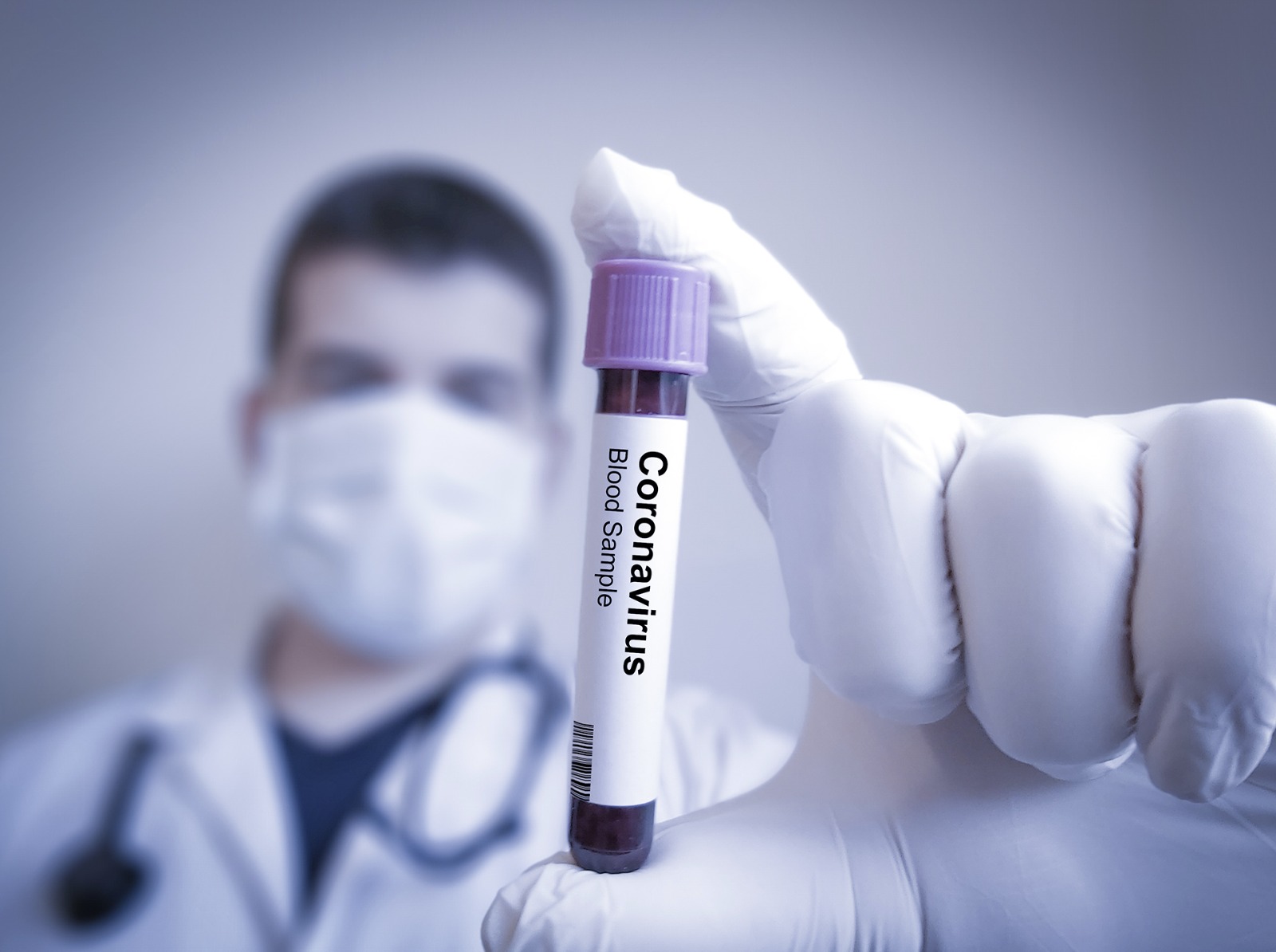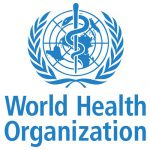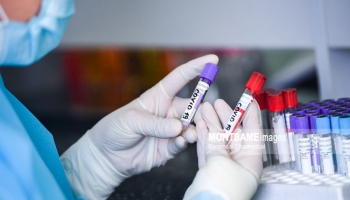
Severe acute respiratory syndrome coronavirus 2 (SARS-CoV-2) continues to spread internationally. Worldwide, more than 100 000 cases of coronavirus disease 2019 (COVID-19, the disease caused by SARS-CoV-2) and more than 3500 deaths have been reported. COVID-19 is thought to have higher mortality than seasonal influenza, even as wide variation is reported. While the World Health Organization (WHO) estimates global mortality at 3.4%, South Korea has noted mortality of about 0.6%.
Vaccine development and research into medical treatment for COVID-19 are under way, but are many months away. Meanwhile, the pressure on the global health care workforce continues to intensify. This pressure takes 2 forms. The first is the potentially overwhelming burden of illnesses that stresses health system capacity and the second is the adverse effects on health care workers, including the risk of infection.
In China, an estimated 3000 health care workers have been infected and at least 22 have died. Transmission to family members is widely reported. Despite recognition that transmission occurs mostly via symptomatic individuals, there are reports of asymptomatic individuals who transmitted the disease to multiple family members.4 These reports underscore the need for prevention of cross-infection. Evidence related to transmissibility and mortality inform the clinical community of the importance of vigilance, preparation, active management, and protection.
Adherence to the Centers for Disease Control and Prevention’s (CDC) recommended guidelines advances safety.5 SARS-CoV-2 is spread by droplet and contact. It is not principally an airborne virus. Therefore, ensuring routine droplet barrier precautions, environmental hygiene, and overall sound infection prevention practice is indicated. To ensure minimal risk of infection when treating patients with COVID-19, the CDC recommends the use of personal protective equipment including a gown, gloves, and either an N95 respirator plus a face shield/goggles or a powered, air-purifying respirator (PAPR). However, airborne precautions are not used in daily, routine care of patients with general respiratory illness.
The widespread use of recommended barrier precautions (such as masks, gloves, gowns, and eye wear) in the care of all patients with respiratory symptoms must be of highest priority. In emergency departments, outpatient offices, homes, and other settings, there will be undiagnosed but infected patients, many with clinically mild cases or atypical presentations. There is limited availability of N95 masks, respiratory isolation rooms, and PAPR, particularly in outpatient offices, to feasibly evaluate every patient with respiratory illness and such measures are not routinely necessary.
Protection is achievable even without N95 masks or PAPR. In a study of outpatient health care personnel in diverse ambulatory practices, medical masks applied to both patient and caregiver provided effectively similar protection as N95 masks in the incidence of laboratory-confirmed influenza among caregivers who were routinely exposed to patients with respiratory viruses.6 Adherence to CDC evidence-based guidelines for masks, hand hygiene, and environmental hygiene enhances the safety for health care workers.
Many additional questions and concerns remain, especially in high-risk sites and clinical settings. One problem is in the emergency department, where crowding is identified as a major concern. Rigor in the use of recommended precautions for all patients with respiratory illness is especially important. Placing a facemask on the patient at arrival, supplying tissues, promoting cough etiquette, and providing for hand hygiene and surface decontamination are all important steps. Those patients with symptoms of suspected COVID-19 should be rapidly triaged and separated from the general population ideally in a well-ventilated space with a distance of at least 6 feet from others until they can be placed in an isolation room. Caregivers who encounter any patient with respiratory illness should wear a mask and gloves, with goggles as recommended. Even when COVID-19 is not suspected, it may be present so routine use of these precautions and increased environmental and personal hygiene is advised. Strict adherence to guidelines is of elevated importance for the protection of health care workers. A focus on worker protection through specific training and encouragement of adherence to barrier precautions and hygiene recommendations may help provide a priority focus. Telling caregivers to focus on their safety and being clear and specific about how to do so can promote calm during an epidemic.
In addition to recommended masks for patients and other barrier precautions, enhanced hand hygiene and surface decontamination are key to safety. The coronavirus is known to live on surfaces for hours or days,7 but it is also effectively killed by available disinfectants when properly used. Masks, goggles, gloves, and other barrier precautions will fail to protect caregivers who later encounter contaminated surfaces and fail to wash their hands. Health care personnel must focus on meticulous hand hygiene, avoiding contaminating workspaces. Clinical staff should clean workspaces and personal items such as stethoscopes, mobile phones, keyboards, dictation devices, landlines, nametags, and other items with hospital-provided disinfectants or alcohol-based disinfectants.5 It is sensible for environmental services workers to increase the frequency of cleaning of commonly touched surfaces such as light switches, countertops, chair arms, escalator railings, elevator buttons, doorknobs, and handles. Active decontamination is not merely a technical issue, it also is reassuring to stressed and concerned caregivers, patients, and visitors.
The consequences of delayed recognition of a patient with COVID-19 are significant. Contact tracing for exposure to a case of COVID-19 is no longer routinely recommended, so health care workers must consider themselves at elevated risk of exposure. Health care workers must self-monitor, report signs of illness, and not engage in patient care while exhibiting infectious symptoms.
Recognizing that symptoms of COVID-19 may be mild, the development of pragmatic policies for health care workers who have respiratory illness should be considered. When health care workers exhibit respiratory symptoms, they should not provide direct patient care. When testing, vaccination, and treatments become available, the health care workforce should be considered a priority for evaluation and treatment. Because workforce safety is a high priority, active training in the proper use of barrier precautions and hygiene practices is important.
Many health care workers have conditions that elevate risk for severe infection or death if they become infected with COVID-19, so organizations will need to decide whether such workers, including physicians, should be redeployed away from the highest risk sites. It is not possible to entirely eliminate risk, but prudent adjustments may be warranted. New sites may need physician and nurse expertise, including telemedicine services, patient advice lines, and augmented telephone triage systems.
Recognizing the risk of health care worker shortages, organizations are banning travel to medical meetings, canceling conferences, limiting nonessential travel, and recommending that personal travel be curtailed. The travel restrictions are not just to affected regions but to domestic and international sites to keep caregivers close and available. Avoiding travel and crowds may also decrease risk of infection.
While health care workers often accept increased risk of infection, as part of their chosen profession, they often exhibit concern about family transmission, especially involving family members who are elderly, immunocompromised, or have chronic medical conditions. While the CDC and Occupational Safety and Health Administration provide clear recommendations, it is evident that more is required to optimize safety in the current environment. Health care workers may ask whether their family members can receive priority for testing, vaccination, and treatment when the testing becomes available. Ensuring care of health care workers’ family members would enhance workforce confidence and availability, but the feasibility and advisability of family priority is yet to be determined. For front-line caregivers, the concerns about transmitting the virus to family members will need to be addressed.
Conversations with front-line caregivers may help reduce anxiety. Topics for discussion might include protective planning for the home such as separation of living spaces and bathrooms and when such separation should be implemented. Protocols for routine arrival home after duty will be a point of discussion, including the benefits of taking off shoes, removing and washing clothing, and immediately showering. These protocols are optional because evidence is unclear, but they may be sensible. Some discussion might be given to changing from personal clothing to hospital-supplied scrubs on arrival to work and changing back to personal clothes to return home. Facility experts may provide guidance about home surface decontamination, including effective products and techniques. There is a need to strike a balance, however, because these ideas might increase anxiety among overworked caregivers. Long work hours make any additional home preparations and extra home cleaning a significant challenge. On the other hand, it can be sensible and reassuring. The focus should be on supportive conversations, clear guidance when recommendations exist, attempts to minimize misinformation, and efforts to reduce anxiety.
Hospital personnel, including caregivers, support staff, administration, and preparedness teams, all will be stressed by the challenges of a prolonged response to COVID-19, and leadership must emphasize the importance of self-care as the center of the response. Transparent and thoughtful communication could contribute to trust and a sense of control. Ensuring that workers feel they get adequate rest, are able to tend to critical personal needs (such as care of an older family member), and are supported both as health care professionals and as individuals will help maintain individual and team performance over the long run. Liberating clinicians and administrative team members from other tasks and commitments allows them to focus on the immediate needs. Provision of food, rest breaks, decompression time, and adequate time off may be as important as provision of protocols and protective equipment as days turn into weeks, then months. Frequent information and feedback sessions with local managers and the broader facility community, complemented by clear, concise, and measured communication, will help teams stay focused on care and secure in their roles.



![Ulaanbaatar [1.4 million people get first dose of COVID-19 vaccine]](https://capitalsinitiative.com/wp-content/uploads/thumbs_dir/60a1e65c706f1-1y44tn2lku72ys2oyrnxem2r2g6vp4si1kmalxcjaug4.jpeg)
![Ulaanbaatar [Over 1.5 million involved in COVID-19 testing nationwide]](https://capitalsinitiative.com/wp-content/uploads/thumbs_dir/6010fd2a7d4f2-1xlr25fmpk06yhym156ag12rpcvacepvna64fmsptc4k.jpeg)

![Ulaanbaatar [Hair and beauty salons, non-grocery stores reopen today]](https://capitalsinitiative.com/wp-content/uploads/thumbs_dir/600baab4cff61-1xlr1u6xb5g4y36pw0dcqpiw8pax34lczrv0lk7tvj50.jpeg)
